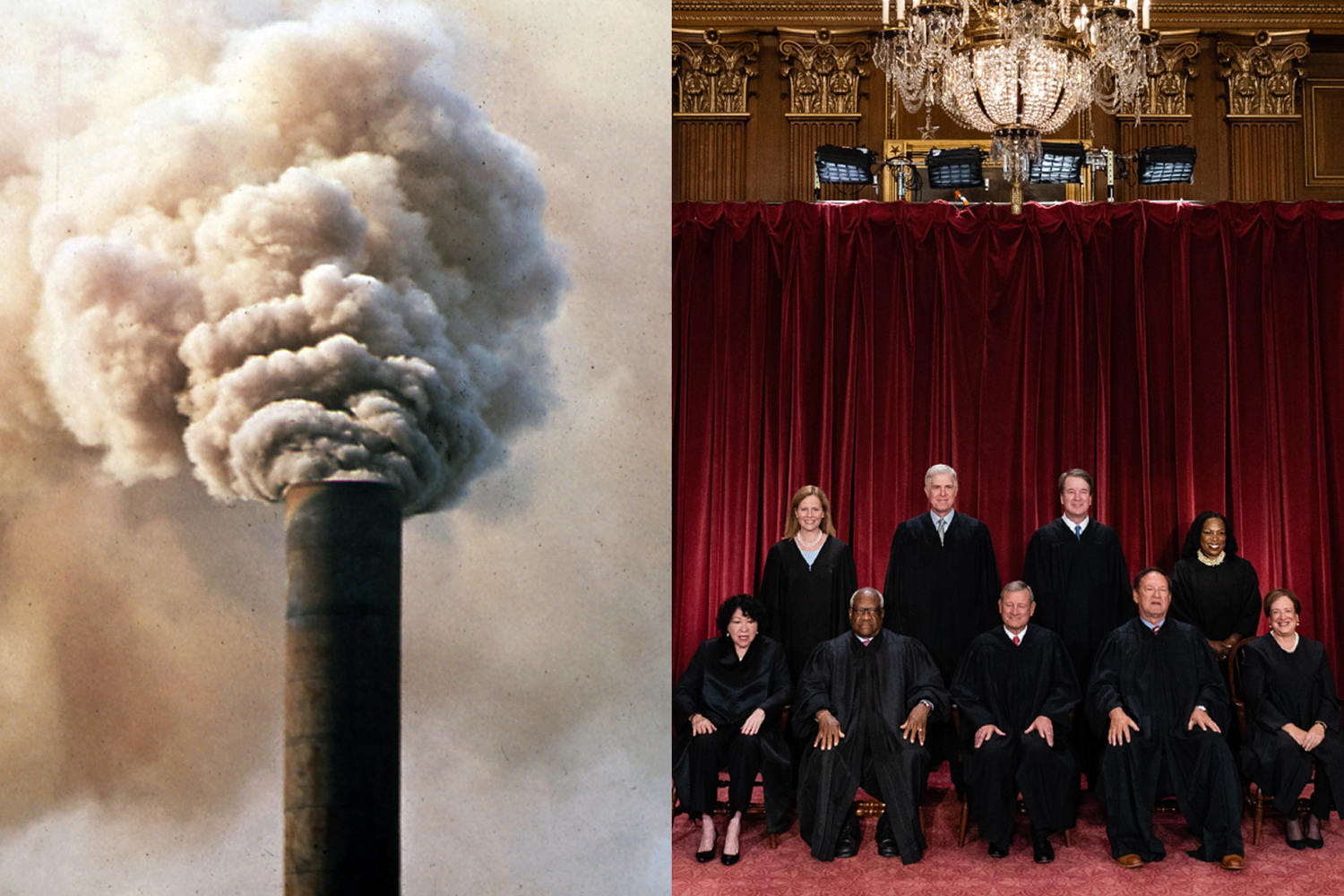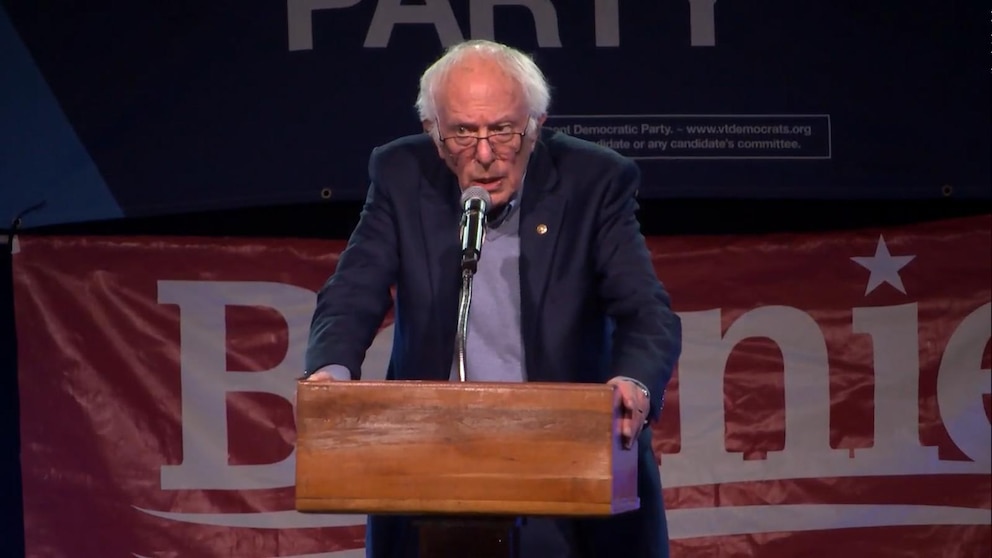
Imagine that Congress passes a statute authorizing the Environmental Protection Agency to require permits whenever material alterations are made to a “major stationary source” of air pollution (or new ones are created). So far, so good. Now imagine that a power plant near your home has three smokestacks. Does that count as one “major stationary source” or three? And what makes a stationary source “major”? Beyond these substantive questions is a procedural one: Who should resolve these matters? Unelected federal judges, who may have no particular expertise in environmental law, or the federal agency staffed with scientific and policy experts who do?
The smokestack example is a simplified version of the facts of a real 1984 case, Chevron U.S.A., Inc. v. Natural Resources Defense Council, in which the Supreme Court held that, if a statutory term is ambiguous, courts should generally defer to an executive branch agency’s reasonable interpretation. In Chevron, that meant upholding a Reagan-era rule that defined “major stationary source” on a plantwide basis (back to our earlier example, one source, not three). The animating principle behind Chevron is that, given the range and depth of federal regulations, Congress can’t be expected to define every aspect of every agency’s power with surgical specificity. And it made more sense to let the agencies — to whom Congress delegated the relevant power in the first place — provide any final missing details. As the court explained, “Judges are not experts in the field, and are not part of either political branch of the Government.”
At its core, the Loper Bright decision is a transfer of power.
On Friday, in an ideologically divided 6-3 ruling penned by Chief Justice John Roberts, the Supreme Court unceremoniously overruled the Chevron precedent. And although it won’t get as much attention as Friday’s other rulings in the Jan. 6 obstruction case or the Grants Pass homelessness case (neither of which will get much attention in light of Monday’s ruling in the Trump immunity case), the court’s decision overruling Chevron, Loper Bright Enterprises v. Raimondo could end up having the most significant long-term impact.
At its core, the Loper Bright decision is a transfer of power. The Supreme Court insists that it’s a transfer of power from unelected bureaucrats in unaccountable federal agencies to the people’s elected representatives. But that argument is based on two different fictions. Understanding those fictions also helps to understand the central complaint in Justice Elena Kagan’s dissent: that the majority opinion is nothing more than a massive, and potentially government-altering “grasp[] for power.”
Let’s start with the first fiction: that executive branch agencies are unaccountable. Ironically, this is far less true today than it was when Chevron was decided, and the Supreme Court is a big part of why. In a series of decisions over the last 15 years, the court’s conservative majority has embarked on a series of doctrinal shifts to make executive branch agencies more directly accountable to the president — who, quite obviously, is democratically accountable. First, the court has made it harder for Congress to limit the removal of executive officers to cases in which there is “good cause” — a common means by which Congress had tried to insulate executive branch officers from direct presidential control. Today, every “principal” executive officer (e.g., Cabinet secretaries) and the overwhelming majority of “inferior” executive officers (e.g., deputy agency administrators) serves at the pleasure of their superiors, and are thus directly accountable to them.
Second, the court has held that more executive branch officials are “officers” in the first place, and more officers are “principal” officers. This further enhances the president’s ability to directly control bureaucrats he probably has never heard of.
To illustrate the point, consider the agency the regulations of which were at issue in Loper Bright: the National Marine Fisheries Service, which is part of the National Oceanic and Atmospheric Administration (NOAA). It is headed by the assistant administrator for fisheries (currently Janet Coit), who is appointed by the secretary of commerce “subject to approval of the President,” with no insulation against being removed at will. In other words, if voters have a problem with how the NMFS is interpreting its statutory authority, it’s a direct line from the president to Assistant Administrator Coit, and vice versa. Maybe you’ve never worried too much about what the National Marine Fisheries Service does, but that doesn’t mean its actions are unaccountable.
The second fiction — that the power the court took away from agencies will be given back to Congress — is even easier to dispel. It’s hardly a secret that the current Congress is beset with dysfunction and gridlock, and has been for some time. Thus, the idea that Congress would be able to clarify, on a regular basis, any ambiguities in statutes delegating power to executive branch agencies is a farce. The current Congress probably couldn’t agree to clarify that today is Wednesday.
The second fiction — that the power the court took away from agencies will be given back to Congress — is even easier to dispel.
Contemporary congressional dysfunction aside, it just isn’t realistic to expect Congress to legislate with micro-specificity across every single inch of regulatory real estate. That’s not a point about our present political reality; it’s a point about parliamentary capacity. There are somewhere north of 430 federal agencies; even if Congress devoted one calendar day each year to one agency, it wouldn’t get to all of them. And even if it could, some agencies enforce dozens of statutes. Could even the most hard-working, institutionally responsible Congress be expected to define in detail exactly what does and doesn’t count as a “major stationary source of pollution?”
The reality, then, is that the only transfer of power the Supreme Court accomplished by overruling Chevron is a transfer of power to the courts. After all, it is now going to be up to judges to decide what each and every statute agencies enforce means. In Chevron itself, the question would thus be not whether the EPA was reasonable in deciding that a power plant with multiple emission points was a single “major stationary source of pollution,” but whether the judge deciding that issue believes that it is. And given the ability of plaintiffs today to steer lawsuits toward those judges most likely to be sympathetic to their reading of the relevant statute (and least sympathetic to the government’s), all government agencies will now have a harder time doing their jobs. And more federal programs will be tied up in court, whether we like them or not. If anything, the court’s subsequent, 6-3 ruling on Monday that even old agency actions can be challenged anew so long as the plaintiff has only recently been harmed by them, will only open the door to more of these lawsuits.
That may not seem like a huge deal compared to, for example, whether former President Donald Trump can be prosecuted for his alleged role in the storming of the Capitol. But federal regulators and regulations are all around us inspecting our meat; ensuring that everyday products, from cribs to cars, are manufactured to minimum safety standards; looking out for public health; and on and on and on.
Agencies aren’t perfect. But neither are judges. And if the question is whether technical questions should be resolved by those with the relevant expertise who work for presidents for whom we have voted, or by generalist judges selected (and sometimes hand-picked) by plaintiffs with an ideological axe to grind, the answer shouldn’t have been this hard. Deference to executive branch agencies is something we’ll miss when (as of last Friday) it’s gone.
![]()






